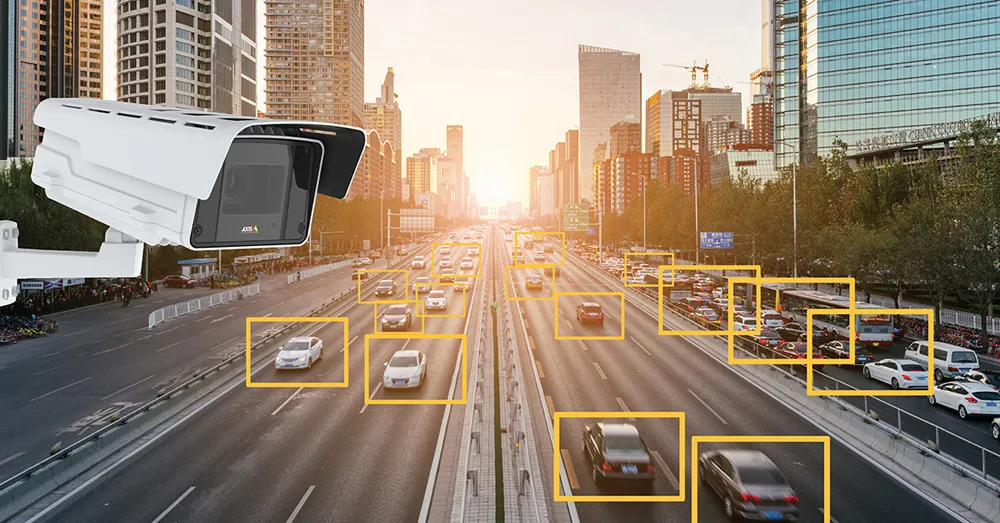UK-based Redvision has launched its rugged camera housing for tough, hazardous or corrosive, outdoor surveillance applications. It will house fixed camera and lens combinations and is said to provide protection from dirt, moisture and ingress.
Called Redvision Vega 2010, the cable-managed device includes a Chat interface board for power, audio, washer and wiper control, using the Pelco telemetry protocol. Wiper and washer intervals can be automated using dip-switches on the Chat board when telemetry is not available. In addition, it comes with a built-in junction box to help simplify installation and make it vandal resistant.
The Redvision Vega camera window has an optional silicon wiper to remove dirt and water which is concealed behind the housing’s front bezel, when not in use.
Paul Hucker, director at Redvision, said: “The Vega 2010 housing is like a fixed camera version of our well-established, Volant and X-Series rugged, PTZ cameras. It includes identical features, like an optically-correct, toughened glass, camera window; a wiper to remove dirt and moisture; and rugged, die-cast aluminium construction. It will be closely followed by the VEGA 2050 range, where 2MP, 4MP and thermal cameras options will be built in.”
Redvision launches Vega 2010 rugged housing range
UK-based Redvision has launched its rugged camera housing for tough, hazardous or corrosive, outdoor surveillance applications. It will house fixed camera and lens combinations and is said to provide protection from dirt, moisture and ingress. Called Redvision Vega 2010, the cable-managed device includes a Chat interface board for power, audio, washer and wiper control, using the Pelco telemetry protocol. Wiper and washer intervals can be automated using dip-switches on the Chat board when telemetry is no
February 13, 2018
Read time: 2 mins










